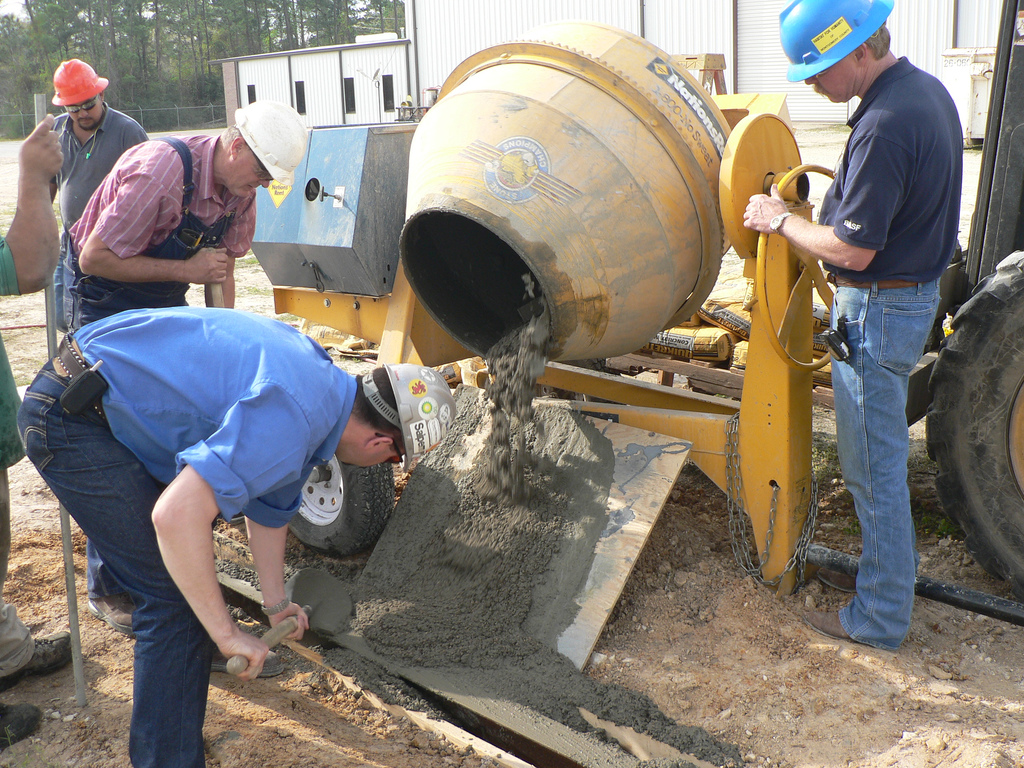BLOG
Concrete Challenges During Hot Weather
by TRP Ready Mix on July 25, 2017
The Challenges of Pouring and Setting Concrete in Ottawa’s Hot Weather
Summer is construction season in Ottawa! The ground is dry, the air is warmer, and no one wants to work outside in Ottawa’s frigid winters. While summer weather in Ottawa is nice for the most part, there are days of extreme heat that are less tolerable that can affect concrete construction. Concrete requires an ideal combination of temperature and weather to mix, pour, set, and dry well enough to be strong and have an even appearance. If you’re working on a concrete construction project this summer and you’re concerned about the following heat-related issues, have a professional Ottawa concrete supplier mix and pour the concrete for you to avoid these challenges.
Mixing in Hot Weather
More water is needed to mix concrete in hot weather since the slump decreases quickly. But adding more water will also make the finished concrete weaker and lead to adjacent pours having a significant difference in colours due to the variations in water content. It is also difficult to maintain air content in warm concrete since mixing will drive out the air.
Setting in The Heat
After pouring concrete, it will set as the cement hydrates. This process of hydration—absorbing water—increases the concrete’s heat and grows crystals around the aggregate particles. The hotter the concrete is, the faster the crystals will grow. But crystals that grow too fast will be weaker since they won’t have enough setting time to grow properly. The result is a final concrete product with a weaker compressive strength.
Surface Drying
Hot weather causes water to evaporate quickly from the concrete. If the concrete surface dries too quickly, it is at risk of surface shrinkage cracking. The surface is more likely to dry quickly if the concrete is too warm on a hot summer day with a hot breeze and low humidity, and even when the air is cooler than the concrete. However, if the concrete is cooler than the air, condensation will build up on the surface, keeping it moist and preventing quick drying. When pouring concrete on hot days, it is very important to keep the concrete moist—either with a sprinkler or a wet curing blanket—to prevent the water from evaporating too quickly.
Thermal Differentials
If one part of the concrete is hotter than another part, it is more at risk of cracking. Subgrades and formwork that are hot and dry will also absorb more water from the concrete mix, resulting in cracking as well.
While construction in Ottawa’s summer heat is unavoidable, weak and cracked concrete isn’t. This summer, avoid the challenges of working with concrete in the heat by getting help from an Ottawa concrete supplier. You can make the most of this ideal construction season without worrying about your concrete cracking or having an uneven colour.

